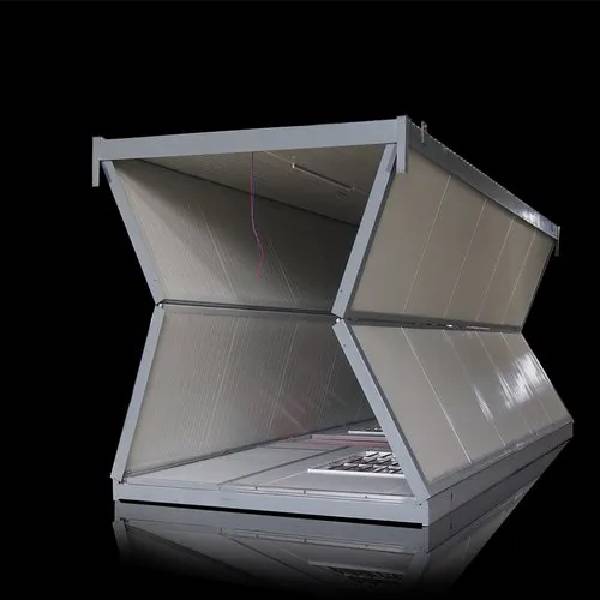Everything You Need To Know About Sutures Is Here
 |
| Sutures |
Sutures
that are absorbable versus non-absorbable make up the first major suture group.
If a suture loses the majority of its tensile strength over time, which can
range from a few weeks to many months, it is said to be absorbable. When it is
difficult to otherwise remove them or for profound temporary closure until the tissues
heal, absorbable suture are frequently used. They can be used in a
multi-layered closure to close deep voids or defects, approximate the borders
of tissue layers, and speed up wound healing. They can cause greater
inflammation when applied superficially, which might result in more scarring.
It is advised to use a rapid absorbing suture when utilising absorbable suture
topically.
The global Sutures
Market is estimated to be valued at US$ 3,688.50 million in 2022 and
expected to exhibit a CAGR of 8.3% over the forecast period (2022-2030).
Sutures
often have a smooth surface. There are, however, more recent suture that are
barb-made. These barbs aid in wound approximation and don't need knots to be
secure. They apply strain to the wound more uniformly. Additionally, these
suture are proven to be more time-effective. The tensile or breaking strength
of a suture, which is often determined by suture width, is another crucial
component. Suture are categorised by their diameter in relation to their size.
There are various sorts of needles depending on the needle tip, primarily
cutting or taper needles. Cutting needles have a tip with three sharp edges,
with the cutting surface on the outside of a reverse cutting needle as opposed
to the interior of a typical cutting needle. needles that cut backward
Monofilament fibres are better suitable for delicate tissues where tissue stress might be more substantial, such as small blood arteries, despite having less tensile strength and causing less tissue trauma. Multi-fiber polyfilament (braided) suture have a larger diameter and greater tensile strength than monofilament suture, but they also have a greater tendency to cause tissue response and, theoretically, to harbour bacteria.



Comments
Post a Comment